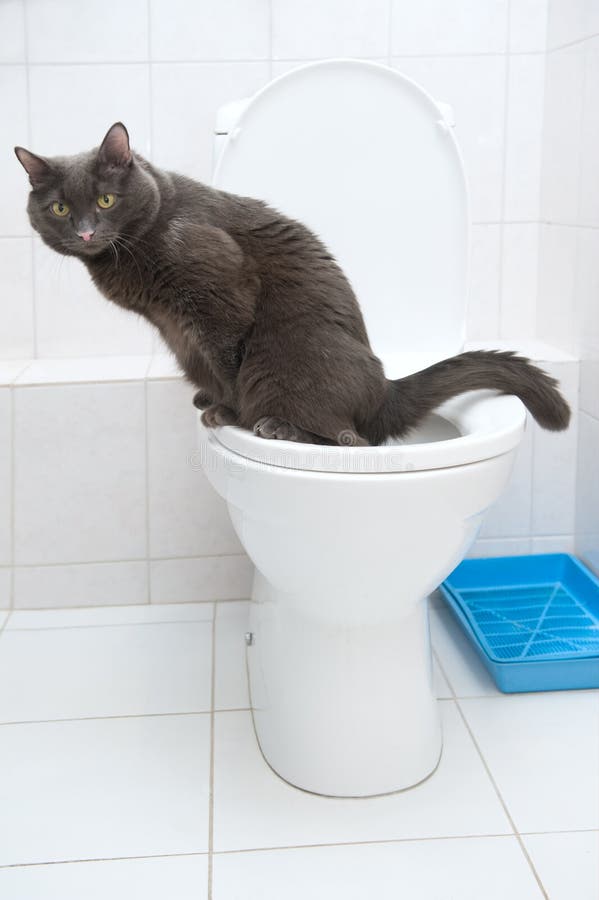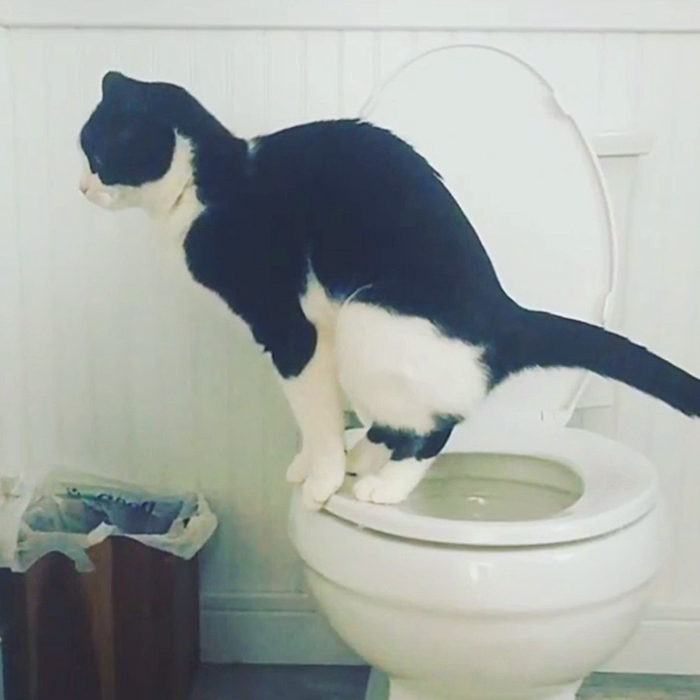Reasons Flushing Cat Poop Down Your Toilet Can Cause Problems - Tips for Safe Handling
Reasons Flushing Cat Poop Down Your Toilet Can Cause Problems - Tips for Safe Handling
Blog Article
How do you feel in relation to How to Dispose of Cat Poop and Litter Without Plastic Bags?

Introduction
As pet cat owners, it's essential to be mindful of exactly how we dispose of our feline good friends' waste. While it may appear hassle-free to flush feline poop down the bathroom, this technique can have detrimental consequences for both the environment and human health and wellness.
Alternatives to Flushing
Luckily, there are more secure and more responsible means to throw away pet cat poop. Take into consideration the following alternatives:
1. Scoop and Dispose in Trash
The most typical technique of disposing of cat poop is to scoop it into a biodegradable bag and throw it in the trash. Be sure to utilize a dedicated litter scoop and deal with the waste immediately.
2. Use Biodegradable Litter
Go with naturally degradable cat litter made from materials such as corn or wheat. These trashes are environmentally friendly and can be securely disposed of in the garbage.
3. Hide in the Yard
If you have a backyard, take into consideration burying cat waste in a marked location away from vegetable gardens and water resources. Make sure to dig deep sufficient to prevent contamination of groundwater.
4. Install a Pet Waste Disposal System
Buy a pet dog garbage disposal system particularly developed for cat waste. These systems make use of enzymes to break down the waste, minimizing smell and environmental effect.
Health Risks
Along with environmental concerns, purging feline waste can likewise position health threats to people. Cat feces might consist of Toxoplasma gondii, a parasite that can trigger toxoplasmosis-- a potentially severe ailment, especially for pregnant females and individuals with damaged body immune systems.
Environmental Impact
Purging feline poop introduces harmful virus and parasites right into the water system, positioning a substantial danger to aquatic ecological communities. These pollutants can adversely affect aquatic life and compromise water quality.
Final thought
Responsible family pet possession prolongs beyond supplying food and shelter-- it additionally involves correct waste management. By avoiding flushing feline poop down the commode and choosing different disposal methods, we can lessen our environmental impact and protect human health.
Why Can’t I Flush Cat Poop?
It Spreads a Parasite
Cats are frequently infected with a parasite called toxoplasma gondii. The parasite causes an infection called toxoplasmosis. It is usually harmless to cats. The parasite only uses cat poop as a host for its eggs. Otherwise, the cat’s immune system usually keeps the infection at low enough levels to maintain its own health. But it does not stop the develop of eggs. These eggs are tiny and surprisingly tough. They may survive for a year before they begin to grow. But that’s the problem.
Our wastewater system is not designed to deal with toxoplasmosis eggs. Instead, most eggs will flush from your toilet into sewers and wastewater management plants. After the sewage is treated for many other harmful things in it, it is typically released into local rivers, lakes, or oceans. Here, the toxoplasmosis eggs can find new hosts, including starfish, crabs, otters, and many other wildlife. For many, this is a significant risk to their health. Toxoplasmosis can also end up infecting water sources that are important for agriculture, which means our deer, pigs, and sheep can get infected too.
Is There Risk to Humans?
There can be a risk to human life from flushing cat poop down the toilet. If you do so, the parasites from your cat’s poop can end up in shellfish, game animals, or livestock. If this meat is then served raw or undercooked, the people who eat it can get sick.
In fact, according to the CDC, 40 million people in the United States are infected with toxoplasma gondii. They get it from exposure to infected seafood, or from some kind of cat poop contamination, like drinking from a stream that is contaminated or touching anything that has come into contact with cat poop. That includes just cleaning a cat litter box.
Most people who get infected with these parasites will not develop any symptoms. However, for pregnant women or for those with compromised immune systems, the parasite can cause severe health problems.
How to Handle Cat Poop
The best way to handle cat poop is actually to clean the box more often. The eggs that the parasite sheds will not become active until one to five days after the cat poops. That means that if you clean daily, you’re much less likely to come into direct contact with infectious eggs.
That said, always dispose of cat poop in the garbage and not down the toilet. Wash your hands before and after you clean the litter box, and bring the bag of poop right outside to your garbage bins.
https://trenchlesssolutionsusa.com/why-cant-i-flush-cat-poop/

Do you enjoy reading about Can You Flush Cat Poo or Litter Down the Toilet?? Create a review below. We would be delighted to see your responses about this review. Hoping to see you back again later on. Are you aware of someone else who is very much interested in the subject? Why not promote it. Many thanks for taking the time to read it.
Click Here Report this page